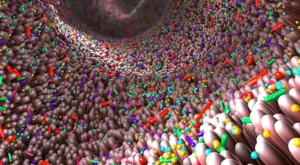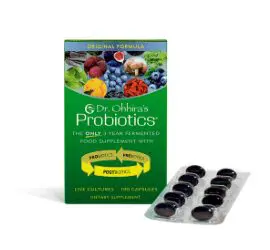SOURCE: https://www.sciencedirect.com/science/article/abs/pii/S0924224417302765
Trends in Food Science & Technology
Volume 75, May 2018, Pages 105-114
J.E. Aguilar-Toalá, R. Garcia-Varela, H.S. Garcia, V. Mata-Haro, A.F. González-Córdova, B. Vallejo-Cordoba, A. Hernández-Mendoza
Abstract
Background
It has been recognized that a number of mechanisms mediating the health benefits of beneficial bacterial cells do require viability. However, new terms such as paraprobiotic or postbiotic have emerged to denote that non-viable microbial cells, microbial fractions, or cell lysates might also offer physiological benefits to the host by providing additional bioactivity.
Scope and approach
This review provides an overview of the postbiotic concept, evidence of their health benefits and possible signaling pathways involved in their protective effects, as well as perspectives for applications in foods and pharmaceuticals.
Key findings and conclusions
Postbiotics refers to soluble factors (products or metabolic byproducts), secreted by live bacteria, or released after bacterial lysis, such as enzymes, peptides, teichoic acids, peptidoglycan-derived muropeptides, polysaccharides, cell surface proteins, and organic acids. These postbiotics have drawn attention because of their clear chemical structure, safety dose parameters, long shelf life and the content of various signaling molecules which may have key health immunomodulatory and antioxidant activities. These properties suggest that postbiotics may contribute, to the improvement of host health by improving specific physiological functions, even though the exact mechanisms have not been entirely elucidated.




